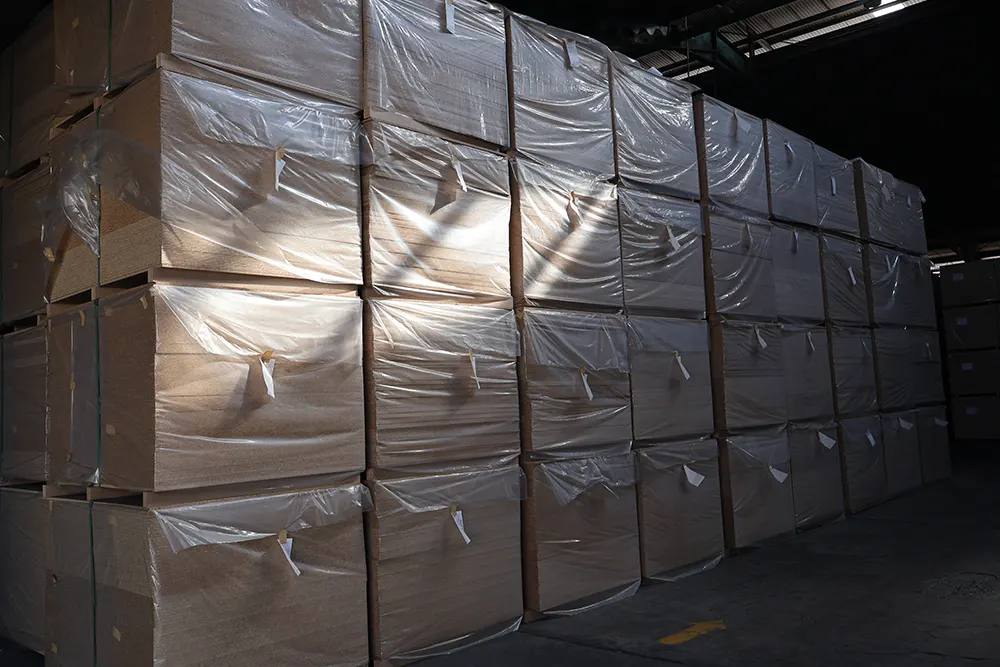Chipboard vs Cardboard: Understanding the Essentials
In the world of packaging and materials, choosing the right option can significantly affect durability, cost, and aesthetics. Two commonly compared materials are chipboard and cardboard. Although they may seem similar, their properties and applications differ greatly, making it crucial to understand their unique characteristics.
In this guide, we will break down the differences between chipboard and cardboard, highlighting their benefits, drawbacks, and the best uses for each material.
Table of Contents
What is Chipboard?
Chipboard is a dense material made from compressed wood fibers. It is commonly used for premium packaging, furniture backing, and creative projects that require a smooth surface and strong structure.
Advantages of Chipboard
- Durability: Chipboard is sturdier than cardboard, making it suitable for products that need a solid and supportive base.
- Premium Appearance: Furthermore, its smooth, flat surface is ideal for printing, laminating, or adding coatings, providing a refined and polished look.
- Environmentally Friendly: In addition, many chipboard products are made from recycled materials, contributing to sustainability efforts.
Drawbacks of Chipboard
- Heavyweight: On the other hand, chipboard is heavier than cardboard, which can increase shipping costs.
- Susceptibility to Water Damage: Without proper lamination or coating, chipboard can absorb moisture and degrade over time, making it less suitable for wet environments.
What is Cardboard?
Cardboard, in contrast, is a lightweight material made by compressing multiple layers of kraft paper or paperboard. It is widely used for shipping boxes, packaging, and everyday products.
Advantages of Cardboard
- Lightweight and Flexible: Due to its flexibility, cardboard is easy to handle, cut, and fold, making it versatile for various applications.
- Cost-Effective: Moreover, cardboard is generally more affordable than chipboard, making it ideal for mass production and budget-friendly projects.
- Recyclable: In fact, cardboard is biodegradable and often recycled, minimizing its environmental footprint.
Drawbacks of Cardboard
- Limited Durability: However, it is less sturdy than chipboard and may not withstand heavy loads or rough handling.
- Less Aesthetic: Additionally, the plain, unfinished look may not be suitable for high-end products or projects.
Read more: Melamine Board vs MDF: Which One Suits Your Needs Best?
Chipboard vs Cardboard: A Side-by-Side Comparison
| Feature | Chipboard | Cardboard |
|---|---|---|
| Strength | Strong and rigid | Weaker, suitable for lighter loads |
| Weight | Heavier | Lightweight |
| Water Resistance | Requires lamination for protection | Absorbs moisture easily |
| Appearance | Smooth, professional finish | Basic and functional look |
| Cost | Higher | Budget-friendly |
| Eco-Friendliness | Often made from recycled materials | Fully recyclable |
Applications of Chipboard vs Cardboard
- Packaging Solutions
- Chipboard: Chipboard is often used for luxury and retail packaging. For instance, it is used for perfume boxes, electronic product boxes, and gift packaging. Its sturdy nature and premium finish make it ideal for items requiring both protection and an appealing presentation.
- Cardboard: In contrast, cardboard is the go-to material for shipping boxes, cereal boxes, and lightweight packaging. Its cost-effectiveness makes it the preferred choice for mass-produced items.
- Crafts and Creative Projects
- Chipboard: Due to its strong and smooth surface, chipboard is a favorite for scrapbooking, DIY projects, and creative displays. It’s also commonly used for making custom signs and decorative frames.
- Cardboard: On the other hand, cardboard is versatile for simple crafts and children’s art projects. It is easier to cut and fold, making it a flexible material for creative uses.
- Industrial and Furniture Uses
- Chipboard: Widely used in the furniture industry, chipboard serves as a backing material for cabinets, shelves, and other home furnishings. Its durability ensures longevity in structural applications.
- Cardboard: While less common in heavy-duty industries, cardboard is used for temporary furniture or displays, especially for exhibitions and pop-up events.
Key Considerations When Choosing Chipboard vs Cardboard
When deciding between chipboard and cardboard, consider the following factors:
- Purpose:
Use chipboard for products requiring durability, elegance, or premium packaging. Conversely, choose cardboard for everyday packaging and cost-effective solutions. - Budget:
Chipboard is typically more expensive, so it’s better suited for specialized or high-value projects. In contrast, cardboard is ideal for large-scale or economical requirements. - Environmental Impact:
Both materials can be environmentally friendly, but ensure you choose recycled or recyclable options to minimize waste. - Moisture Resistance:
Opt for laminated or coated chipboard for products exposed to humidity. However, avoid cardboard in wet environments unless it’s treated for water resistance.
Why Understanding Chipboard vs Cardboard Matters
The choice between chipboard and cardboard can impact not only the appearance of your packaging or project but also its functionality and sustainability. In general, businesses prefer chipboard for high-end packaging, while cardboard remains the standard for shipping and lightweight applications.
Read more: Can You Paint Particle Board? A Comprehensive Guide
Innovative Uses of Chipboard and Cardboard
- Chipboard Innovations
- Retail Displays: Custom displays made from chipboard add a professional touch to store presentations.
- Rigid Boxes: Used for electronic gadgets, luxury items, and gift sets, rigid boxes ensure protection and style.
- Creative Branding: Chipboard’s smooth surface allows for vibrant and detailed printing, enhancing brand visibility.
- Cardboard Innovations
- E-Commerce Packaging: Lightweight yet protective, cardboard boxes are a staple for online retailers.
- Sustainable Solutions: Moreover, companies are innovating with biodegradable and compostable cardboard for eco-conscious consumers.
- Pop-Up Architecture: Lastly, cardboard is used to create temporary structures, from art installations to small shelters.
Conclusion: Chipboard vs Cardboard – Which is Right for You?
Understanding the differences between chipboard and cardboard helps you make informed decisions based on your needs.
- Choose chipboard if strength, durability, and premium aesthetics are priorities.
- Opt for cardboard if you need lightweight, cost-effective, and recyclable solutions.
Both materials offer unique benefits, and selecting the right one ensures your packaging or project aligns with your goals and values.


